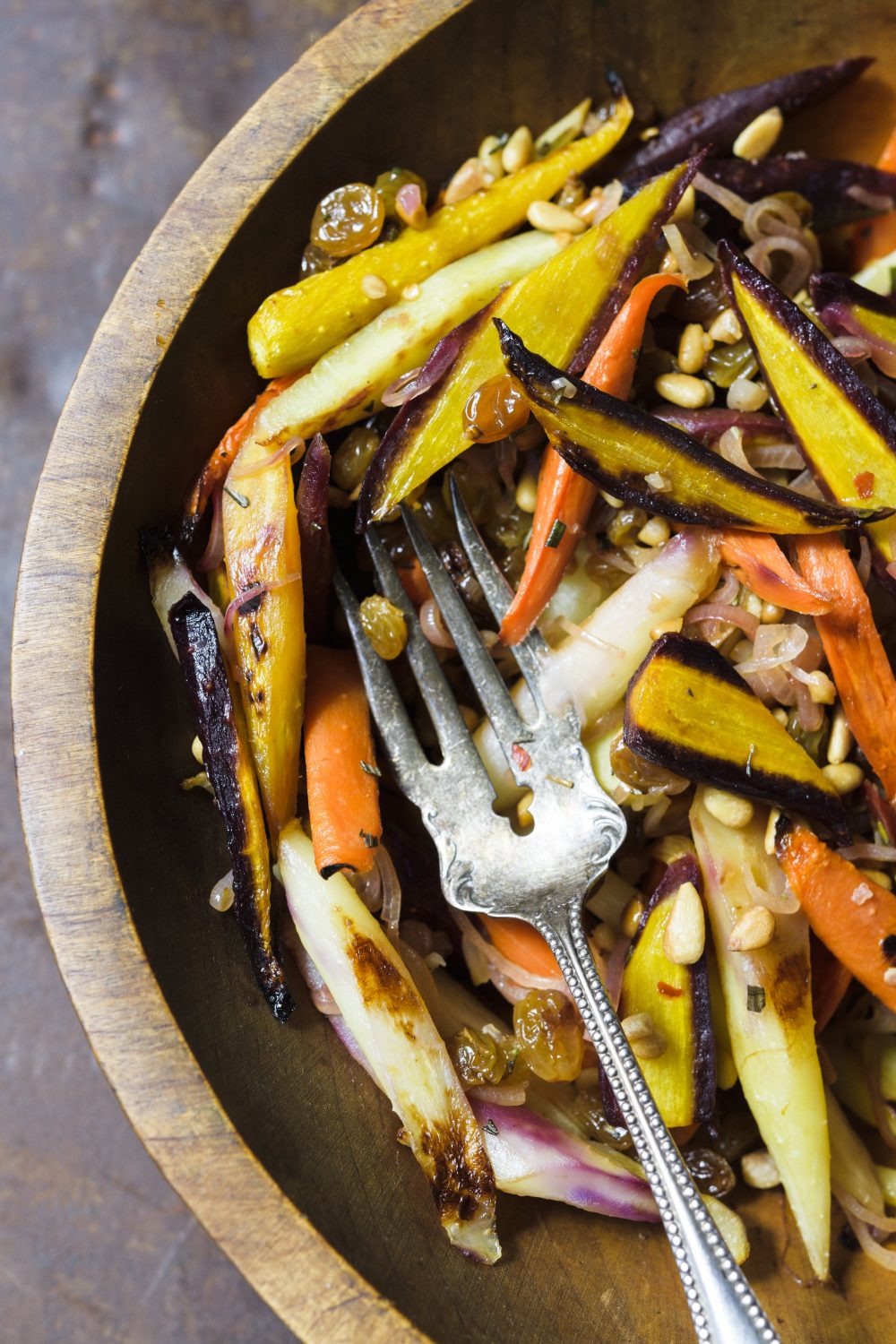When a caller asked Milk Street Radio hosts Christopher Kimball and Sara Moulton about salt-roasted vegetables on air recently, Kimball responded with a question of his own:
“Are salt-roasted questions better than regular roasted vegetables? Or is this one of those fancy food magazine ideas that we should just throw in the trash?”
Salt-roasting vegetables is an age-old technique that rears its head every so often, thanks to the theatrics involved and the claims around it. Put simply, you bury root vegetables under a bed of salt, with the idea that they will cook evenly, thanks to the tightly packed crust, and they’ll end up nicely seasoned in the process. While salt-baking makes for a fun presentation, it requires an awful lot of salt—the point of contention for the caller on Milk Street Radio.
Is there a way to reuse the salt, so that it doesn’t all go to waste, she asked?
Kimball and Moulton agreed that you could use the baked salt for cleaning pans (particularly great for copper when mixed with flour and distilled white vinegar) or in a brine. The used salt wouldn’t work as a straight-up seasoning, however, because moisture seeps out from the vegetables as they cook.
But more to the point, neither host thought salt-roasting vegetables was all it’s cracked up to be. “A bed of salt or breadcrumbs is good for roasting chicken so the drippings get absorbed and don’t flare up and smoke,” Kimball pointed out. But otherwise, he doesn’t see a lot of value in using up all that salt when roasting. The results simply aren’t consistent or powerful enough. (Even the caller admitted her dinner guests couldn’t always tell the difference.)
While Moulton sees the merit of a good salt-baked fish, she agreed with Kimball on the vegetable front. Of salt-roasting fish, she said, “That’s where I would waste the salt. But [for vegetables], not so much.”
For more:
How to Roast Vegetables Perfectly Every Time
This Is How Yotam Ottolenghi Roasts Vegetables
Join the conversation on Facebook, Twitter, Instagram and Pinterest.



